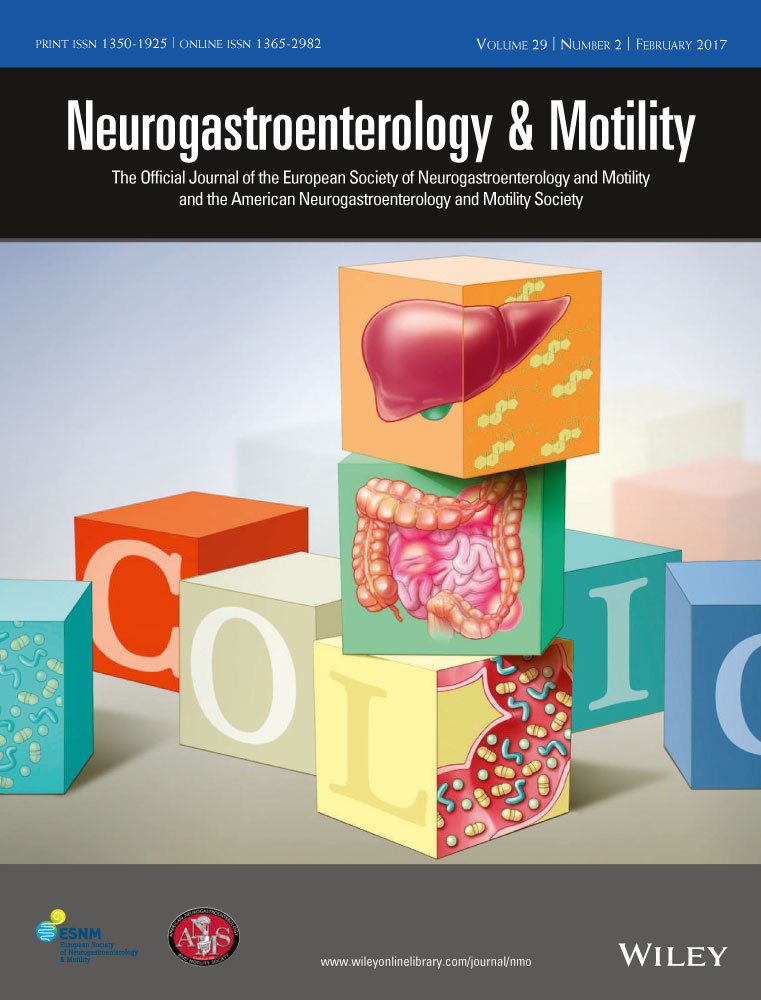Pepsin in saliva as a biomarker for oropharyngeal reflux compared with 24-hour esophageal impedance/pH monitoring in pediatric patients
Abstract
Background
Pepsin in saliva is a proposed biomarker for oropharyngeal reflux. Pepsin may be prevalent in saliva from subjects with gastro-esophageal reflux and may correlate with proximal reflux by intraluminal impedance/pH monitoring (MII/pH).
Methods
Patients (3 days to 17.6 years, n=90) undergoing 24-hour MII/pH monitoring and asymptomatic controls (2 months to 13.7 years, n=43) were included. Salivary pepsin was determined using a pepsin enzyme-linked immunosorbent assay. Eight saliva samples were collected from patients undergoing 24-hr MII/pH: (i) before catheter placement, (ii) before and 30 minutes after each of three meals, and (iii) upon awakening. One sample was collected from each control.
Key Results
In MII/pH subjects, 85.6% (77/90) had at least one pepsin-positive sample compared with 9.3% (4/43) in controls. The range of pepsin observed in individual subjects varied widely over 24 hours. The average pepsin concentration in all samples obtained within 2 hours following the most recent reflux event was 30.7±135 ng/mL, decreasing to 16.5±39.1 ng/mL in samples collected more than 2 hours later. The frequency of pepsin-positive samples correlated significantly with symptom index (rS=0.332, P=.0014), proximal (rS=0.340, P=.0010), and distal (rS=0.272, P=.0095) MII events.
Conclusions & Inferences
Concentration of salivary pepsin may not be an accurate measure of severity of reflux because of the wide range observed in individuals over 24 hours. Saliva samples must be obtained soon after a reflux event. Defining a regimen for optimal saliva collection may help to achieve the goal of using salivary pepsin as a biomarker for oropharyngeal reflux.
Clinical Trial registry
NCT01091805.




